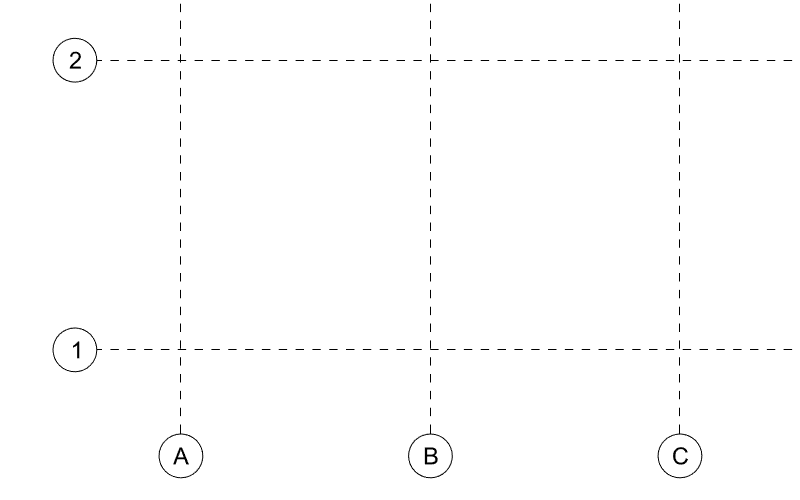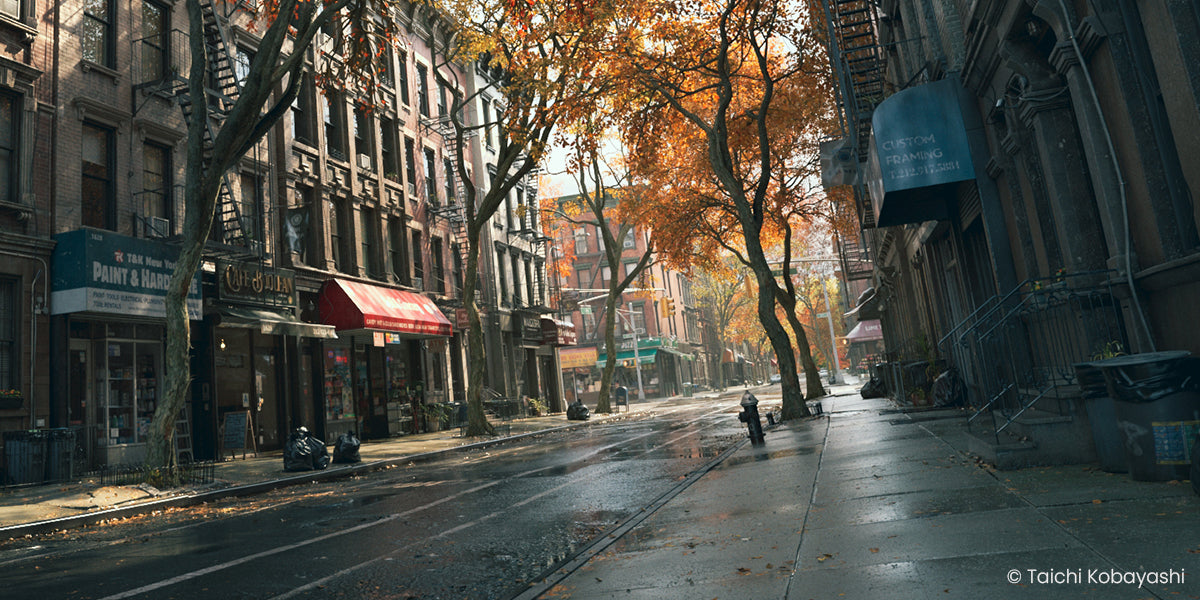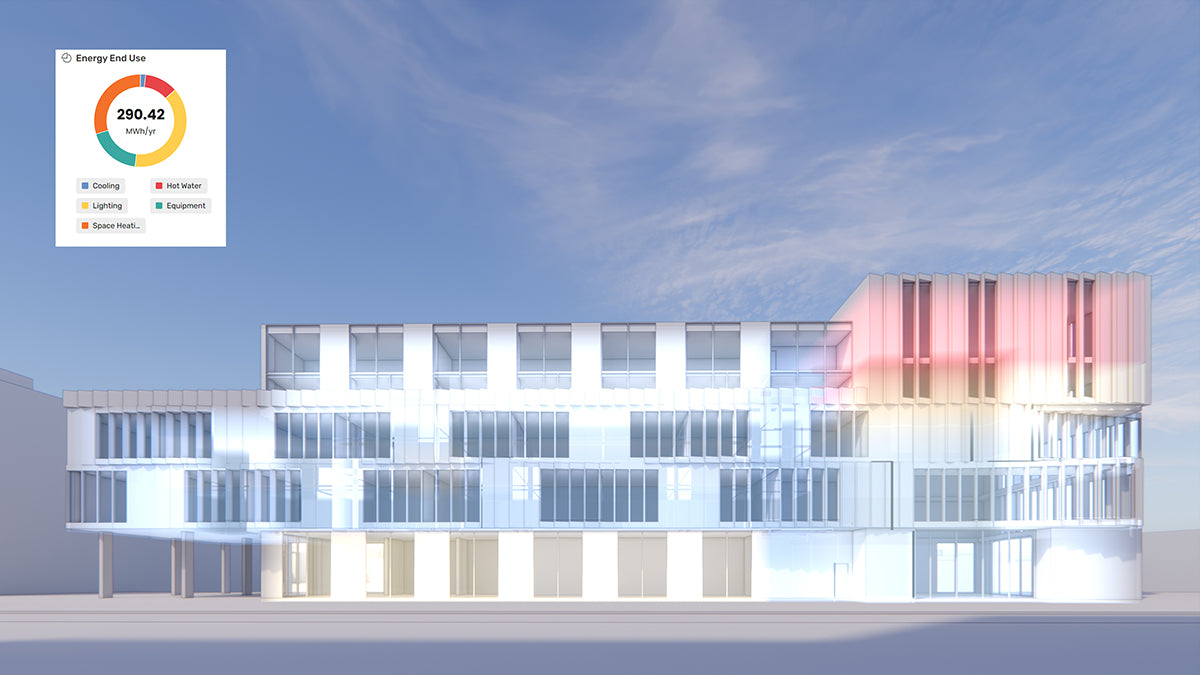Your Cart is Empty
Customer Testimonials
-
"Great customer service. The folks at Novedge were super helpful in navigating a somewhat complicated order including software upgrades and serial numbers in various stages of inactivity. They were friendly and helpful throughout the process.."
Ruben Ruckmark
"Quick & very helpful. We have been using Novedge for years and are very happy with their quick service when we need to make a purchase and excellent support resolving any issues."
Will Woodson
"Scott is the best. He reminds me about subscriptions dates, guides me in the correct direction for updates. He always responds promptly to me. He is literally the reason I continue to work with Novedge and will do so in the future."
Edward Mchugh
"Calvin Lok is “the man”. After my purchase of Sketchup 2021, he called me and provided step-by-step instructions to ease me through difficulties I was having with the setup of my new software."
Mike Borzage
5 Things to Consider when Choosing Design Software
January 13, 2007 2 min read

By virtue of selling so many design products a very typical conversation we have with customers is about what product best fits their needs.
Of course different customers have different needs but I have tried to abstract the selection criteria. Here are what I believe are the five key things to keep in mind when selecting design software.
-
There are several products that can do the job well
Today’s design software technology is so well developed that, unless you have very exotic requirements, several products that do more than you need are available. Choosing between similarly performing products is challenging. Once you have narrowed your choice down to the products that can do the job, you will have to use additional criteria to help you with your decision. -
You have to like the user interface
While “raw” performance can be very similar between different systems, the user interface is often very different. Apparently the user interface is one component of design products where developers are still able to create diversity. Since you will have to spend a lot of time using the system you should select the one that you find easiest to interact with. -
Nobody works in a vacuum
Another key differentiating factor is the ability to interface with other elements of the design and manufacturing environment you belong to. Make sure that the product that you chose can exchange files (directly or through good quality translators) with other products that you or your suppliers/partners use. -
Think long term
Design software tends to be a very long term decision. The cost of switching is so high (conversion of large databases of design data, re-training of operators) that it is often preferable to live with your current system than to switch to a better one. It is therefore very important to consider all the long term factors when choosing design software. For example:- Does the software manufacturer have a good track record?
- Is it a widely used product with a large user base that provides a readily available pool of talented operators?
- Is the product designed for the future or is it close to its end of life (e.g., Catia V4 vs. Catia V5)?
-
Price should not be an issue
Many customers are price sensitive when it comes to design software but we always recommend putting quality first. Think of the cost of the software operator compared to the cost of the software itself. No matter how expensive the software might be the cost of the operator will be significantly higher. Therefore a less expensive and sub-optimal product will hinder the productivity of a very expensive user. Is it worth it? Furthermore, design stage decisions have an enormous impact on downstream costs. Design is generally not the place to be cost conscious.
As this a short checklist, it is inevitably incomplete. However, I hope you will find it helpful in increasing your chances of selecting the product that is best for your needs.
Please share your experience in choosing your design software by leaving a comment.
Cristiano Sacchi
Also in NOVEDGE Blog

Maximize Your Architectural Workflow with VisualARQ 3's New Guides Feature
January 30, 2025 5 min read
Read More
Introducing V-Ray 7: Transforming Creative Workflows in Maya and Houdini
January 28, 2025 7 min read
Read More
How the AEC Industry Shifted Towards Essential Sustainable Building Design
August 15, 2024 4 min read
Explore sustainable building design strategies at NOVEDGE, focusing on eco-friendly practices for resilient and efficient structures.
Read MoreSubscribe
Sign up to get the latest on sales, new releases and more …


